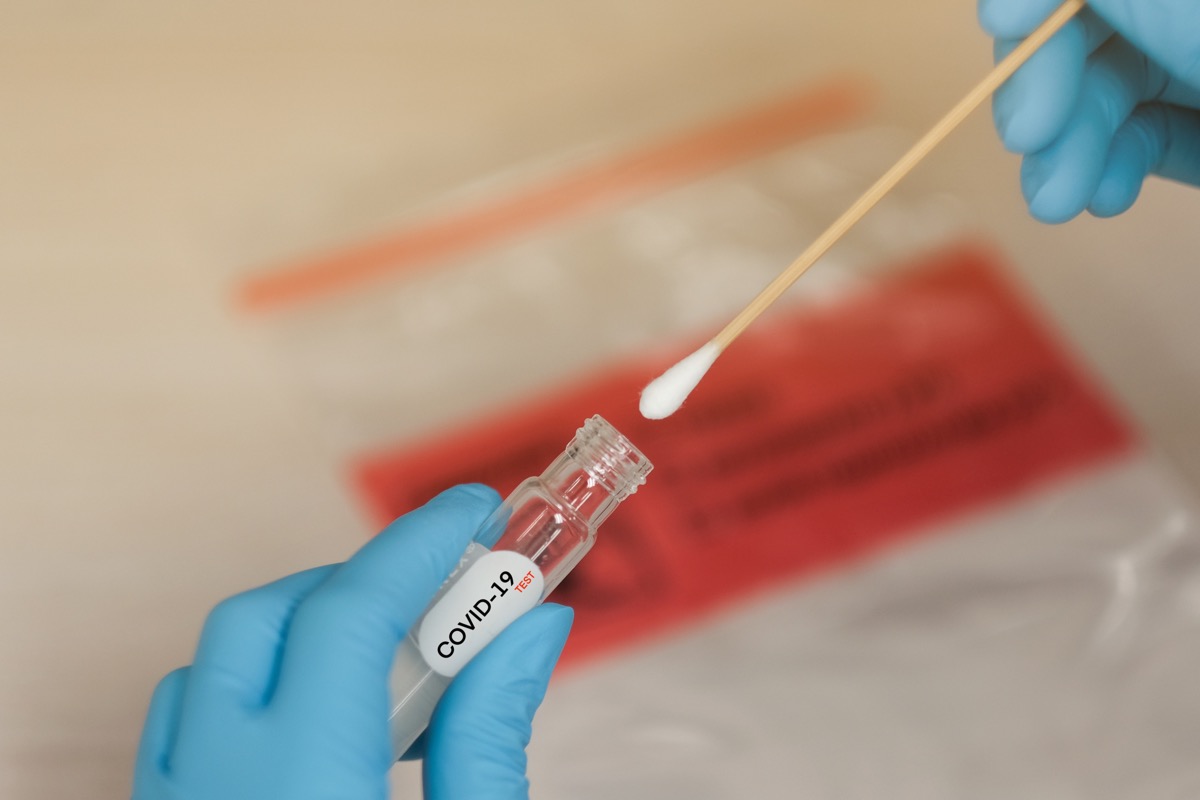During an interview with CNN, the National Institute of Allergy and Infectious Diseases (NIAID) director—who has become a household name in recent months thanks to his constant media presence and the guidance he’s given on the pandemic—said: “I am concerned about the interpretation of these recommendations and worried it will give people the incorrect assumption that asymptomatic spread is not of great concern. In fact, it is.” Fauci also explained that he was not consulted on the testing guideline change—and that the timing of the decision came when he was physically unable to weigh in, as he was having a polyp removed from his vocal cord. “I was under general anesthesia in the operating room and was not part of any discussion or deliberation regarding the new testing recommendations,” he said. The CDC’s change was quietly made on Aug. 24, indicating that even people who are exposed to coronavirus should not seek testing if they do not have symptoms. The testing guidelines now read: “If you have been in close contact (within 6 feet) of a person with a COVID-19 infection for at least 15 minutes but do not have symptoms you do not necessarily need a test unless you are a vulnerable individual or your health care provider or State or local public health officials recommend you take one.” Previously, the CDC’s testing guidelines indicated that COVID testing is “appropriate” for “asymptomatic individuals with recent known or suspected exposure to SARS-CoV-2 to control transmission” and “asymptomatic individuals without known or suspected exposure to SARS-CoV-2 for early identification in special settings.” Since the changes were first reported by The New York Times on Aug. 25, medical experts have expressed concern and confusion over the shift. Amid criticism, the agency appeared to walk back on their decision with a statement released publicly on Aug. 27 by CDC director Robert Redfield, MD, which attempted to clarify the new testing guidelines. In his statement, Redfield specified that testing “may be considered” for those who are not showing symptoms for the coronavirus but who have been exposed to it. He also said that the change to their guidelines is merely meant to place “an emphasis” on the importance of testing people with symptoms. RELATED: For more up-to-date information, sign up for our daily newsletter. “Testing is meant to drive actions and achieve specific public health objectives,” Redfield wrote in the statement. “Everyone who needs a COVID-19 test, can get a test. Everyone who wants a test does not necessarily need a test; the key is to engage the needed public health community in the decision with the appropriate follow-up action.“ae0fcc31ae342fd3a1346ebb1f342fcb Still, medical experts expressed mounting concern that the CDC’s change could have serious consequences. Ashish Jha, MD, director of the Harvard Global Health Institute (HGHI), told NBC News the CDC’s new testing guidance was “dangerous.” “If we’re not testing these people, they will infect others, and the viral transmission and outbreak will only get worse over time,” he explained. And for more on staying safe during the pandemic, check out This Common Medication May Increase Your Chances of Surviving COVID.
